Cornish Ertach Kernow - An ancient history Ruan Lanihorne
Ruan Lanihorne perhaps not one of the most well-known parish in Cornwall, but one that I have mentioned previously in passing. Based around the village of that name on the Ruan River a tributary of the River Fal it's a parish with an ancient history, its earliest mention being in 1270 as Lanryhorn, not dissimilar to its name in Cornish today Lannrihorn. Although the settlement was not mentioned in Domesday a manor in the area named as Elerchi was and held by a Breton called Levenot under Robert of Mortain Earl of Cornwall. It was previously tenanted by one Merlesvan during the reign of Edward the Confessor and one of the many manors distributed to supporters of the new Norman overlords. That a number of manors in Cornwall were given to Bretons reflects perhaps that the first earl of Cornwall under the Normans was Brian of Brittany, who held the earldom before Robert of Mortain.
Situated on an early religious site, based on the Lan part of its place name linked to the name of its saint, the most historic existing building is the 13th century church dedicated to St Rumon. Some of early Norman church still exists despite continuous additions and reconstruction through to the 19th century. The 13th century tower is said to have been higher but following a storm in 1658 the upper part was rebuilt, two tiers of windows in the tower are 13th century single-lights with pierced slates. Severe restoration in 1866 saw much of the earlier interior destroyed, although some timbers were reused. The parish also has a historic well maintained holy well, which has seen the stonework reconstructed. This is on private land and permission to view should be sought.
Virtually every Cornish parish will have a person or family of some note and Ruan Lanihorne is no exception. Not well-known now, but in his time much respected was the rector of Rual Lanihorne one John Whitaker. He was born in Manchester in 1735 and after moving to Cornwall he married a local heiress Jane Tregenna. He was an English historian and Anglican clergyman who along with making a study of the Cornish language wrote a number of books including The Ancient Cathedral of Cornwall. Although this has some very interesting facts about Cornwall, it does as many books of the time do contain some tragically incorrect information that later modern research and science has corrected. However, he did make a valuable contribution to recording Cornwall’s history and heritage including much of what has not survived to our own times. The Reverend Whitaker died in 1808 was buried within the church under a simple slate slab.
Although an Englishman, he wrote following his Cornish language studies this strongly worded piece. ‘The English Liturgy was not desired by the Cornish, but forced upon them by the tyranny of England, at a time when the English language was yet unknown in Cornwall. This act of tyranny was at once gross barbarity to the Cornish people, and a death blow to the Cornish language’. Fortunately, not quite a death blow through the intervention of a number of scholars who helped preserve and later resuscitate the Cornish language ensuring its survival.
Perhaps one of the most interesting families and buildings, which sadly no longer exists is that of the castle and family named Le Ercedekne, which is spelt many different ways over time. Earliest records show that this family, no doubt of earlier Norman extraction came to Cornwall from Shoebrook in Devon during the 13th century, after the marriage of Sir Thomas Ercedekne to Alice the heiress of Elerchi Manor. The lands at Ruan Lanihorne were certainly in the hands of Sir Thomas Ercedekne in 1303 when an inquisition to value the lands was held. Thomas was to die at the English bloodbath at Bannockburn in 1314, one of the hundreds of English knights to die there at the hands of the Scots. His son Odo followed him and who in turn was succeeded by his son Thomas who married Alice de la Roche. He was created Baron Ercedekne and was Governor of Tintagel Castle and Sheriff of Cornwall, being summoned to Parliament at least twice. At his death he held a number of manors throughout Cornwall and also Launceston Castle. Sir John Ercedekne succeeded his father in 1331 and was it appears a most disreputable character. However, a market at Shepestall was granted to Sir John Arcedekne in 1335, which seems to have been in the Ruan Lanihorne area, although no actual proof of location has been found. It seems Sir John was evidently not above a little cattle and deer rustling, in 1344 appearing as the leader of ‘a huge multitude of evildoers’, robbing the Duke of Cornwall of his Cornish tin and they even began house breaking. A judgement against him claimed damages of £1,000, a huge sum for that time. Sir John was declared an outlaw but avoided punishment by joining the army in France and fighting at Crecy, where there was an overwhelming victory for King Edward III. The king then granted him a pardon for his good services.
Following the Black Death further misdeeds took place and Sir John was arrested and imprisoned in Launceston Castle, from where he escaped. Edward Duke of Cornwall again pardoned him in 1352 for ‘all felonies and outlawries and breaking the King’s prison’. The old rogue died, peacefully, in 1377 well over the age of seventy. John however managed a good marriage to Cecily daughter and heiress of Stephen of Haccombe and they had nine sons. None of the sons including their heir Sir Warin left any male issue, it was then that the lands of the Ercedekne family at Ruan Lanihorne passed out of this family through marriages of the daughters. A junior line would continue elsewhere in Cornwall for some generations longer.
During their occupation at Ruan Lanihorne the family had firstly built what was termed an adulterine castle, one built without permission of the king. However, in 1334 Sir John had requested permission to ‘crenellate’ his property at Ruan Lanihorne creating a castle which at the time was considered one of the largest and most splendid in Cornwall. With the end of the family the castle gradually fell into ruin, William of Worcester the English topographer, antiquary mentions the castle in his writings during the 15th century as still standing. The topographer John Leland during his travels through Cornwall in the 1540’s describes it, "as a castelle of an eight towers, then decaying for lak of coverture." The Cornish historian Thomas Tonkin writing in the mid-18th century describes a large tower, which was pulled down in 1718; and says, that within 30 years of the time of his writing, six out of eight towers of the castle had been standing: some cottages have been built on the site. Nothing now remains although an outline can be guessed at based on paths and borders.
With the coach road from London to Penzance passing through the village during the 18th and 19th centuries it would have been much busier, coaches no doubt serviced by the Kings Head Inn noted on the 1879 map. The pub today has a good reputation and run by a local farming family. In the 1800s, the river to Ruan Lanihorne was navigable but silt coming from china clay works gradually made it less so. The channel was dredged and between 1891 and 1907 the silt was used for making bricks at the Trelonk Brickworks situated south of the village close to the Tuckingmill creek. These would have been transported along the rivers and used to build houses in Truro, Falmouth and the Roseland peninsula. The lime kiln seen on the 1879 map was also in existence from the mid-18th century as well as malthouses, coal and timber yards which speak of a busy commercial area at that time.
Today this pleasant parish has about 250 residents and located within one of Cornwall's twelve Areas of Outstanding Natural Beauty. The population of the parish peaked in 1851 with 444 persons, probably due to the agricultural importance to the parish where most working men would have been agricultural labourers, smallholders and farmers. Besides the original church town there are hamlets at Treworga and Ruan High Lanes and the parish remains a rural agricultural community. Besides the historic Anglican church there was a presence by Methodists until 2005 when the chapel closed and is now a residential property.
Perhaps now considered a small backwater rural village it has an interesting history and the legacy of those people of note remain. John Whitaker’s Ancient Cathedral of Cornwall remains a source for researchers and the stones that built the Ercedekne castle helped build the later village. The Ercedekne’s through their heiress’ marriages to other families of note in Cornwall, Arundell, Courtney, Godolphin and many more has ensured that they are a part of the family history of countless Cornish folk today.
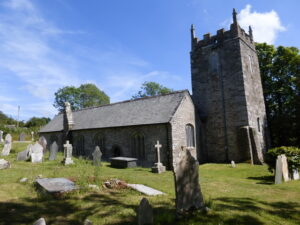
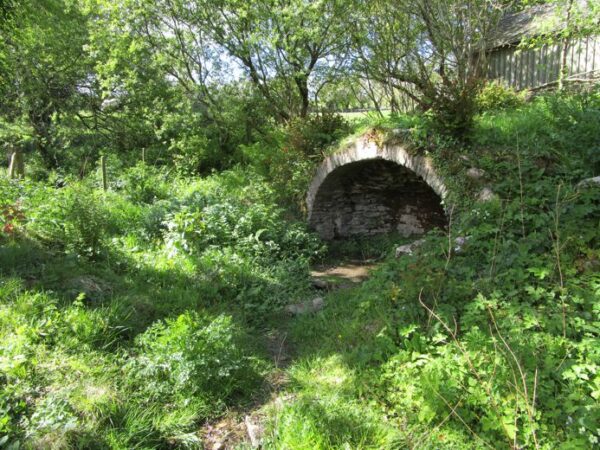
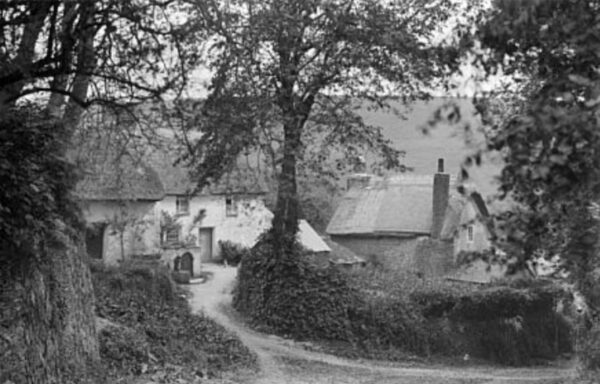
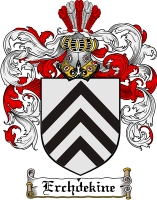
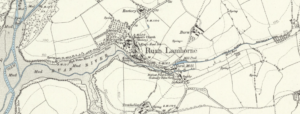
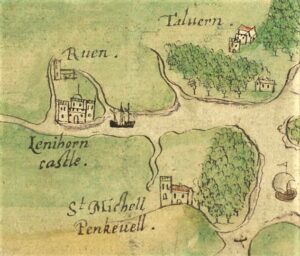
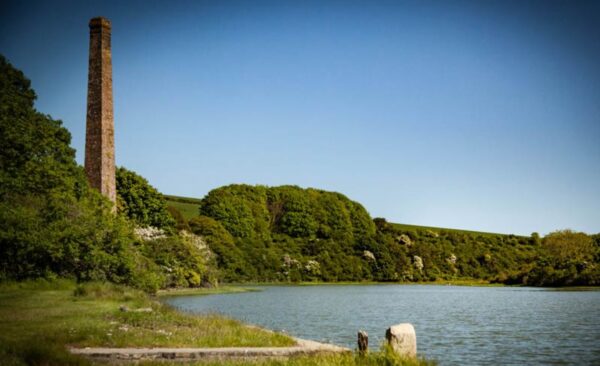
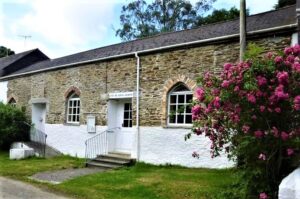
![[86] Voice - Ertach Kernow - 16.02.22A An Ancient History [S] An Ancient History Ruan Linkinhorne](https://www.cornwallheritage.com/wp-content/uploads/2022/03/86-Voice-Ertach-Kernow-16.02.22A-An-Ancient-History-S-230x300.jpg)
![[86] Voice - Ertach Kernow - 16.02.22B An Ancient History [S] Ertach Kernow - An Ancient History Ruan Linkinhorne](https://www.cornwallheritage.com/wp-content/uploads/2022/03/86-Voice-Ertach-Kernow-16.02.22B-An-Ancient-History-S-227x300.jpg)
![[86] Ertach Kernow Heritage Column - 16th February 2022 - Gorsedh Kernow Esedhvos Ertach Kernow Heritage Column - 16th February 2022 - Gorsedh Kernow Esedhvos](https://www.cornwallheritage.com/wp-content/uploads/2022/02/86-Ertach-Kernow-Heritage-Column-16th-February-2022-Gorsedh-Kernow-Esedhvos-1-300x300.jpg)